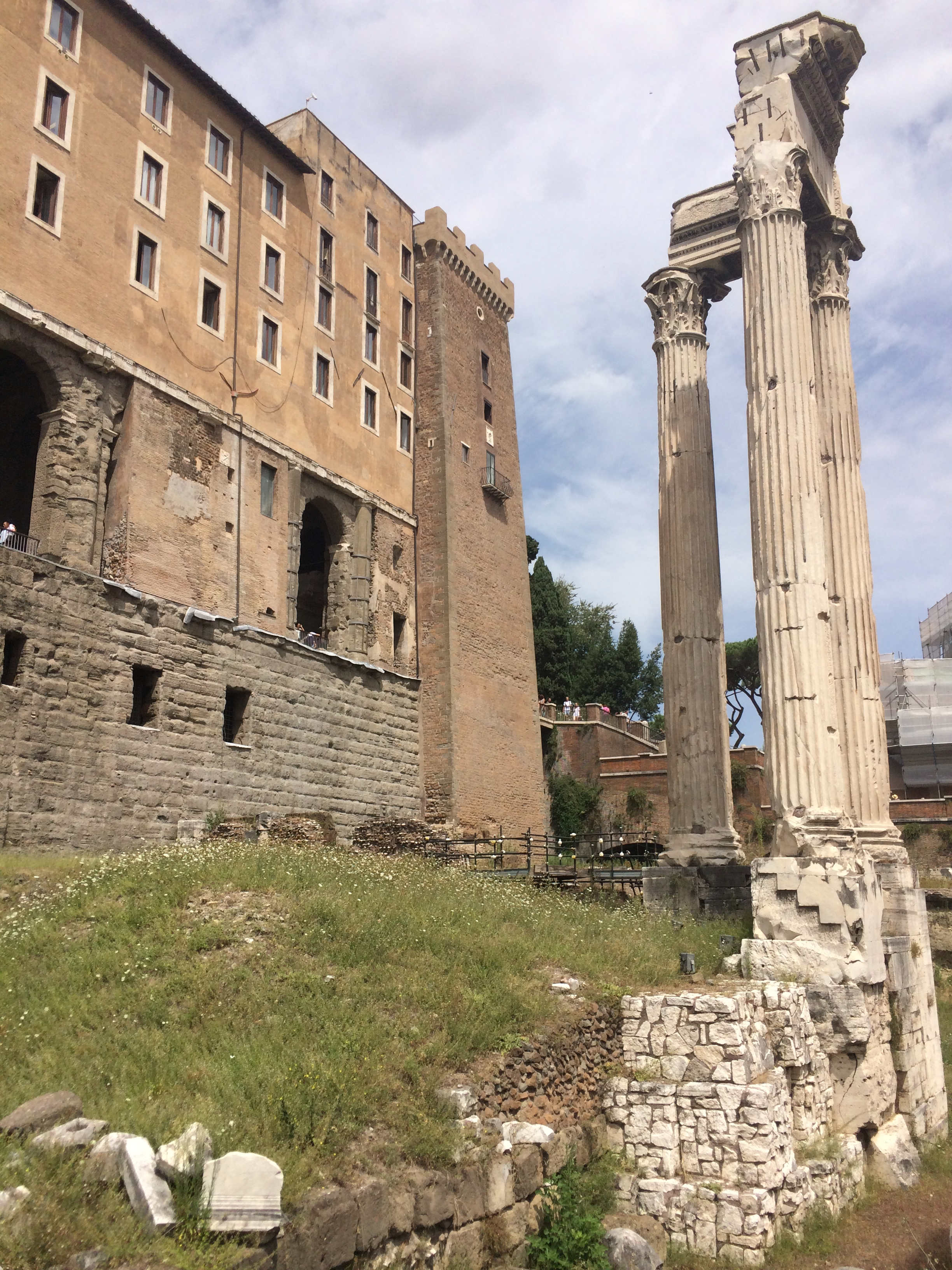|
Sosii
The gens Sosia, occasionally written Sossia, was a plebeian family at ancient Rome. Members of this gens occur in history from the end of the Republic down to the third century AD. The first of the Sosii to attain the consulship was Gaius Sosius in 32 BC, and the family would continue holding various positions in the Roman state until the third century. Praenomina The praenomina associated with the Sosii of the Republic were ''Quintus'', ''Titus'' and ''Gaius''. The Sosii Falcones of imperial times used ''Quintus'' and '' Marcus''. All of these were extremely common throughout Roman history. Branches and cognomina The original Italian members of the gens were probably of Picentine origin. A distinct family of Sosii appears prominently in the Senate during the reign of Emperor Domitian onward, and its progenitors seem to have been easterners. It is likely that an ancestor of theirs received Roman citizenship from Gaius Sosius, when the latter had served as governor of Syria ... [...More Info...] [...Related Items...] OR: [Wikipedia] [Google] [Baidu] |
Gaius Sosius
Gaius Sosius ( 39–17 BC) was a Roman general and politician who featured in the wars of the late Republic as a staunch supporter of Mark Antony. Under the latter's patronage he held important state offices and military commands, serving as governor of Syria and leading the expedition to install Herod as king of Judea. Sosius was consul in the year 32 BC, when the Second Triumvirate lapsed and open conflict erupted between the triumvirs Antony and Octavian. Upon taking office, Sosius opposed Octavian in the Senate, for which he was forced to flee Rome. Joining Antony in the eastern Mediterranean, Sosius became one of his lieutenants in the ensuing civil war. He commanded part of the fleet of Antony and Cleopatra at the battle of Actium in 31 BC, following which he was taken captive. Receiving a pardon, he was later rehabilitated and enrolled into a college of priests by the emperor Augustus. Sosius oversaw the rebuilding of the temple of Apollo Sosianus in Rome, ... [...More Info...] [...Related Items...] OR: [Wikipedia] [Google] [Baidu] |
Quintus Sosius Senecio
Quintus Sosius Senecio ( 1st century AD) was a Roman senator who was favored by the emperors Domitian and Trajan. As a result of this relationship, he was twice ordinary consul, an unusual and prestigious honor: first in 99, with Aulus Cornelius Palma Frontonianus as his colleague; and again in 107 as the colleague of Lucius Licinius Sura, who was himself consul for the third time. Career Senecio's origins are unknown. He has been identified as the subject of an inscription where the name of the subject is lost, which provides us his ''cursus honorum''. The earliest office recorded on this inscription was ''quattuorviri viarum curandarum'', one of the four boards that comprised the ''vigintiviri''; membership in one of these was a required first step toward a gaining entry into the Roman Senate. His next recorded office was as quaestor of the senatorial province of Achaea; upon completion of this traditional Republican magistracy he would be enrolled in the Senate. The inscriptio ... [...More Info...] [...Related Items...] OR: [Wikipedia] [Google] [Baidu] |
Second Triumvirate
The Second Triumvirate was an extraordinary commission and magistracy created for Mark Antony, Marcus Aemilius Lepidus, and Octavian to give them practically absolute power. It was formally constituted by law on 27 November 43 BC with a term of five years; it was renewed in 37 BC for another five years before expiring in 32 BC. Constituted by the ''lex Titia'', the triumvirs were given broad powers to make or repeal legislation, issue judicial punishments without due process or right of appeal, and appoint all other magistrates. The triumvirs also split the Roman world into three sets of provinces. The triumvirate, formed in the aftermath of a conflict between Antony and the senate, emerged as a force to reassert Caesarian control over the western provinces and wage war on the ''liberatores'' led by the men who assassinated Julius Caesar. After proscriptions, purging the senatorial and equestrian orders, and a brutal civil war, the ''liberatores'' were defea ... [...More Info...] [...Related Items...] OR: [Wikipedia] [Google] [Baidu] |
Caesar
Gaius Julius Caesar (; ; 12 July 100 BC – 15 March 44 BC), was a Roman people, Roman general and statesman. A member of the First Triumvirate, Caesar led the Roman armies in the Gallic Wars before defeating his political rival Pompey in Caesar's Civil War, a civil war, and subsequently became Roman dictator, dictator from 49 BC until Assassination of Julius Caesar, his assassination in 44 BC. He played a critical role in Crisis of the Roman Republic, the events that led to the demise of the Roman Republic and the rise of the Roman Empire. In 60 BC, Caesar, Marcus Licinius Crassus, Crassus and Pompey formed the First Triumvirate, an informal political alliance that dominated Roman politics for several years. Their attempts to amass power as were opposed by the within the Roman Senate, among them Cato the Younger with the frequent support of Cicero. Caesar rose to become one of the most powerful politicians in the Roman Republic through a string of military victories in the G ... [...More Info...] [...Related Items...] OR: [Wikipedia] [Google] [Baidu] |
Pompeius
Gnaeus Pompeius Magnus (; 29 September 106 BC – 28 September 48 BC), known in English as Pompey or Pompey the Great, was a leading Roman general and statesman. He played a significant role in the transformation of Rome from republic to empire. He was (for a time) a student of Roman general Sulla as well as the political ally, and later enemy, of Julius Caesar. A member of the senatorial nobility, Pompey entered into a military career while still young. He rose to prominence serving the dictator Sulla as a commander in the civil war of 83–82 BC. Pompey's success as a general while young enabled him to advance directly to his first Roman consulship without following the traditional ''cursus honorum'' (the required steps to advance in a political career). He was elected as Roman consul on three occasions. He celebrated three Roman triumphs, served as a commander in the Sertorian War, the Third Servile War, the Third Mithridatic War, and in various o ... [...More Info...] [...Related Items...] OR: [Wikipedia] [Google] [Baidu] |
Caesar's Civil War
Caesar's civil war (49–45 BC) was one of the last politico-military conflicts of the Roman Republic before its reorganization into the Roman Empire. It began as a series of political and military confrontations between Gaius Julius Caesar and Gnaeus Pompeius Magnus. Before the war, Caesar had led an invasion of Gaul for almost ten years. A build-up of tensions starting in late 49 BC, with both Caesar and Pompey refusing to back down led, however, to the outbreak of civil war. Eventually, Pompey and his allies induced the Senate to demand Caesar give up his provinces and armies. Caesar refused and instead marched on Rome. The war was a four-year-long politico-military struggle, fought in Italy, Illyria, Greece, Egypt, Africa, and Hispania. Pompey defeated Caesar in 48 BC at the Battle of Dyrrhachium, but was himself defeated decisively at the Battle of Pharsalus. Many former Pompeians, including Marcus Junius Brutus and Cicero, surrendered after the battle, wh ... [...More Info...] [...Related Items...] OR: [Wikipedia] [Google] [Baidu] |
Praetor
Praetor ( , ), also pretor, was the title granted by the government of Ancient Rome to a man acting in one of two official capacities: (i) the commander of an army, and (ii) as an elected '' magistratus'' (magistrate), assigned to discharge various duties. The functions of the magistracy, the ''praetura'' (praetorship), are described by the adjective: the ''praetoria potestas'' (praetorian power), the ''praetorium imperium'' (praetorian authority), and the ''praetorium ius'' (praetorian law), the legal precedents established by the ''praetores'' (praetors). ''Praetorium'', as a substantive, denoted the location from which the praetor exercised his authority, either the headquarters of his '' castra'', the courthouse (tribunal) of his judiciary, or the city hall of his provincial governorship. History of the title The status of the ''praetor'' in the early republic is unclear. The traditional account from Livy claims that the praetorship was created by the Sextian-Licinian Rogatio ... [...More Info...] [...Related Items...] OR: [Wikipedia] [Google] [Baidu] |
Manius Aemilius Lepidus (consul 66 BC)
Manius Aemilius Lepidus was a Roman politician who became consul in 66 BC alongside Lucius Volcatius Tullus. Biography A member of the patrician Aemilia clan, Lepidus was proquaestor in an eastern province between 84 BC and 78, and was the father of Quintus Aemilius Lepidus. By 69 he was elected to the post of praetor and in 66 he was elected consul together with Lucius Volcatius Tullus. Lepidus is mentioned several times by Cicero, but never attained much political importance. In 65, he is spoken of as one of the witnesses against Gaius Cornelius, whom Cicero defended. In 63, Catiline offered to place himself in Lepidus's custody after Catiline was notified of an impending prosecution. Lepidus belonged to the aristocratic party, but on the breaking out of the civil war in 49, he retired to his Formian villa to watch the progress of events. Here he was in almost daily intercourse with Cicero, from whose letters we learn that Lepidus was resolved not to cross the sea with Gnae ... [...More Info...] [...Related Items...] OR: [Wikipedia] [Google] [Baidu] |
Quaestor
A ( , , ; "investigator") was a public official in Ancient Rome. There were various types of quaestors, with the title used to describe greatly different offices at different times. In the Roman Republic, quaestors were elected officials who supervised the state treasury and conducted audits. When assigned to provincial governors, the duties were mainly administrative and logistical, but also could expand to encompass military leadership and command. It was the lowest ranking position in the ' (course of offices); by the first century BC, one had to have been quaestor to be eligible for any other posts. In the Roman Empire, the position initially remained as assistants to the magistrates with financial duties in the provinces, but over time, it faded away in the face of the expanding imperial bureaucracy. A position with a similar name (the ') emerged during the Constantinian period with judicial responsibilities. Etymology ''Quaestor'' derives from the Latin verb ', ' ... [...More Info...] [...Related Items...] OR: [Wikipedia] [Google] [Baidu] |
Tabularium
The Tabularium was the official records office of ancient Rome and housed the offices of many city officials. Situated within the Roman Forum, it was on the front slope of the Capitoline Hill, below the Temple of Jupiter Optimus Maximus, to the southeast of the Arx. Within the building were the remains of the temple of Veiovis. In front of it were the Temples of Vespasian and Concord, as well as the Rostra and the rest of the forum. Presently the Tabularium is only accessible from within the Capitoline Museum, although it still provides a panoramic view over the Forum. The construction of the Tabularium was ordered around 78 BC by the dictator Lucius Cornelius Sulla. The building was completed by Quintus Lutatius Catulus, consul in 78 BC. This was part of a public works programme for the redevelopment of the Capitoline Hill, which had been damaged by a fire in 83 BC. The construction by Catulus is not mentioned in the ancient literature. It is known through an inscription (CIL ... [...More Info...] [...Related Items...] OR: [Wikipedia] [Google] [Baidu] |
Equites
The ''equites'' (; literally "horse-" or "cavalrymen", though sometimes referred to as "knights" in English) constituted the second of the property-based classes of ancient Rome, ranking below the senatorial class. A member of the equestrian order was known as an ''eques'' (). Description During the Roman kingdom and the first century of the Roman Republic, legionary cavalry was recruited exclusively from the ranks of the patricians, who were expected to provide six ''centuriae'' of cavalry (300 horses for each consular legion). Around 400BC, 12 more ''centuriae'' of cavalry were established and these included non-patricians (plebeians). Around 300 BC the Samnite Wars obliged Rome to double the normal annual military levy from two to four legions, doubling the cavalry levy from 600 to 1,200 horses. Legionary cavalry started to recruit wealthier citizens from outside the 18 ''centuriae''. These new recruits came from the first class of commoners in the Centuriate Assembly orga ... [...More Info...] [...Related Items...] OR: [Wikipedia] [Google] [Baidu] |
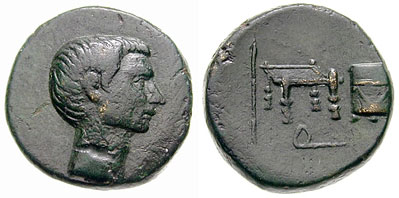
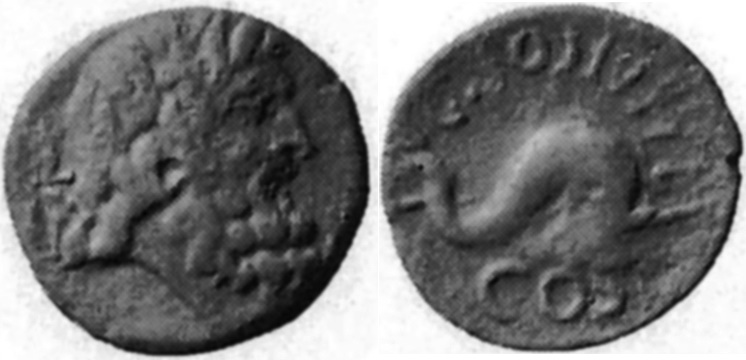
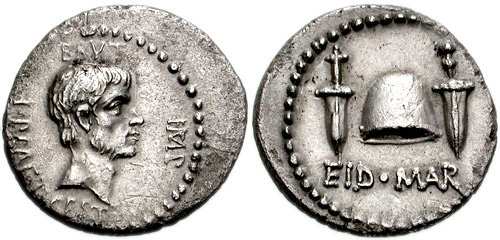


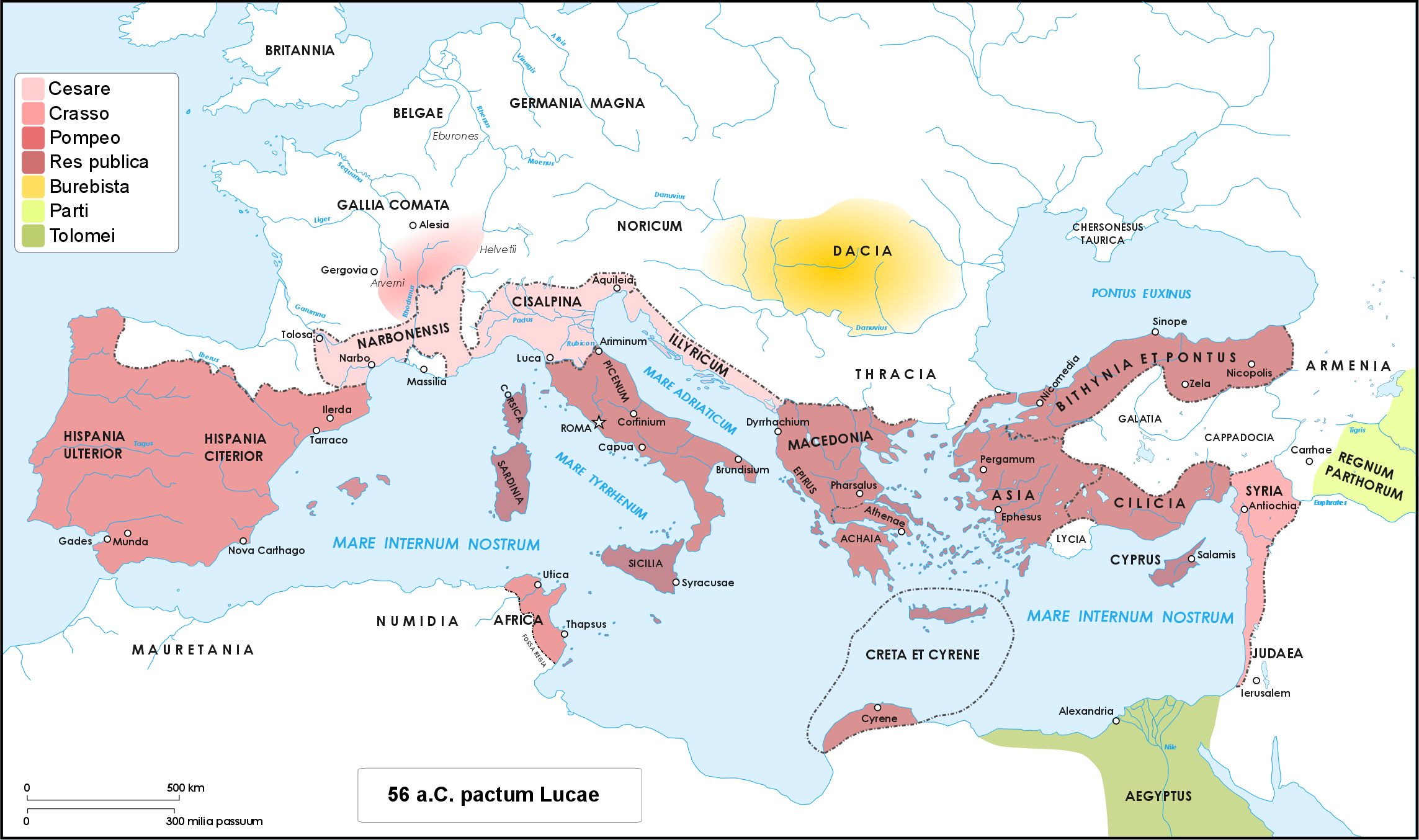
.jpg)
